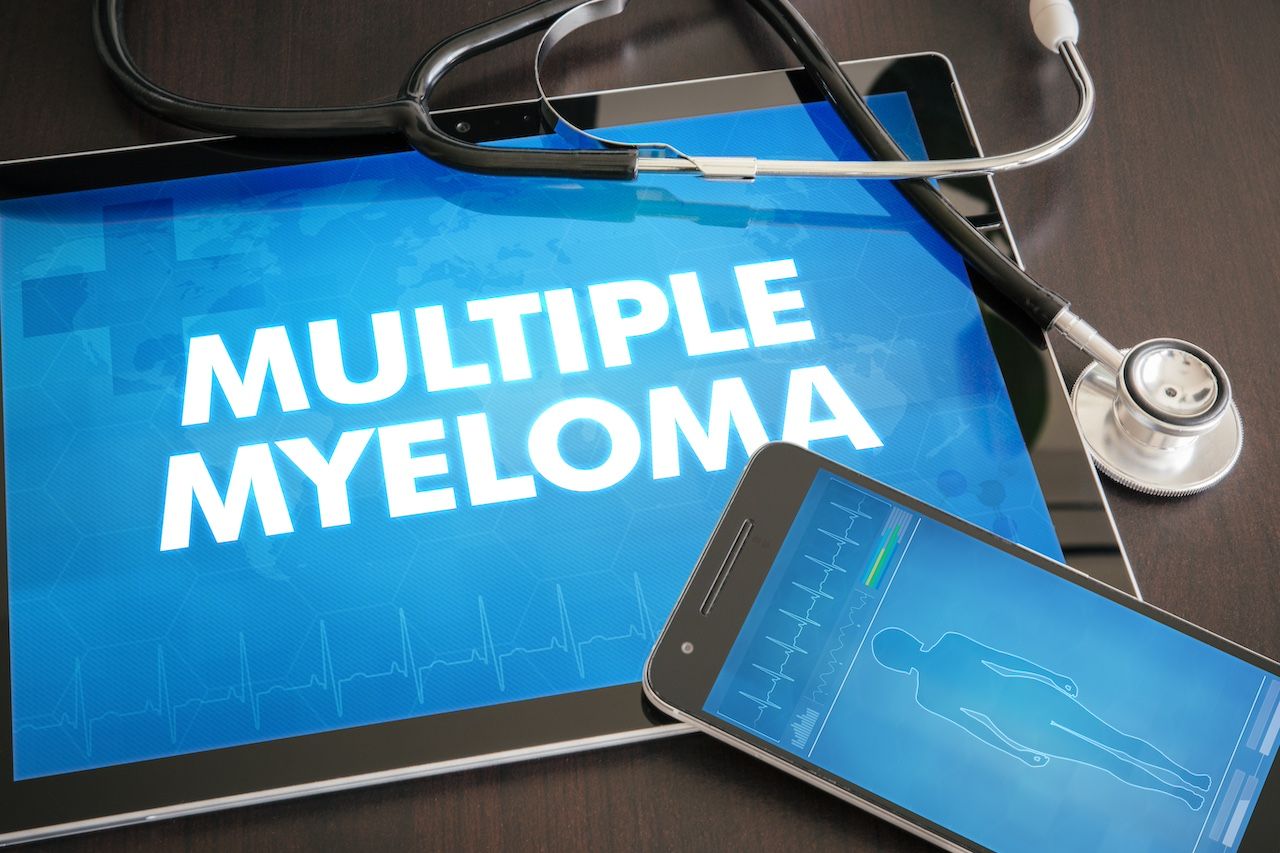News
Article
Analysis Identifies Gut Microbiota Affecting Risk of MG
Author(s):
The Mendelian randomization–based analysis, which examines how variation in genes have a causal effect of an exposure on certain outcomes, identified 12 gut microbiota associated with either an increased of or protective effect against MG.
Gut microbiota | Image credit: nobeastsofierce - stock.adobe.com

New study findings are shining a light on the association between the gut microbiome and myasthenia gravis (MG). Through a Mendelian randomization (MR) analysis, researchers found a gut microbiota-neuromuscular junction axis in the pathogenesis of the autoimmune disease.
The MR-based analysis, which examines how variation in genes have a causal effect of an exposure on certain outcomes, identified 12 gut microbiota associated with either an increased risk of or protective effect against MG. These findings, published in Scientific Reports, explained the researchers, can help inform future drug development and treatment choices for patients.
“Potential mechanisms of interactions between gut microbiota and MG have been investigated. Emerging evidence unraveled that the immunomodulatory effects of gut microbiota are mostly achieved through the Thl7/ Treg axis. Specifically, gut microbiota dysbiosis may lead to increased permeability of the intestinal mucosal barrier and an imbalance of Th17/Treg cells, consequently activating innate and downstream adaptive immune responses,” explained the researchers. “Th17 cells could promote inflammatory responses by secreting IL-17, recruiting neutrophils, activating innate immune cells, and inducing release of a series of pro-inflammatory cytokines. Meanwhile, Tregs could secret inhibitory cytokines and inhibit the function of other effector T cells and antigen-presenting cells, thereby suppressing immune responses.”
Citing an advantage of removing confounding and reverse causation, the researchers performed their MR analysis using summary statistics from the largest publicly available genome-wide association study of over 1800 patients with MG and 36,000 controls in order to determine the causal relationship between over 200 taxa and the risk of MG. Among the taxa were 128 genera, 34 families, 20 orders, 16 classes, and 9 phylum.
To determine causality, the researchers used inverse variance weighted, which was then validated with sensitivity analyses. Sensitivity analyses showed no evidence of horizontal pleiotropy having an effect on the findings. The group noted that most patients included in their study had European ancestry, which may have introduced some bias into their estimates.
Increased levels of phylum Lentisphaerae (OR = 1.319, P = .026), class Lentisphaerae (OR = 1.306, P = .044), order Victivallales (OR = 1.306, P = .044), order Mollicutes (OR = 1.424, P = .041), and genus Faecalibacterium (OR = 1.763, P = .002) were associated with a heightened risk of MG, while increased levels of phylum Actinobacteria (OR = 0.602, P = .0124), class Gammaproteobacteria (OR = 0.587, P = .036), family Defluviitaleaceae (OR = 0.695, P = 0.047), family Peptococcaceae (OR = 0.698, P = .029), and family Family XIII (OR = 0.614, P = .017) were associated with a reduced risk of the disease. The remaining 2 microbiota that showed a causal association with MG are biologically unknown.
“We anticipate that a larger population could provide greater generalizability of findings to the broader population, thereby increasing the external validity of the study. In addition, MG encompasses various subtypes, each characterized by distinct immunological and clinical features,” wrote the researchers. “These subtypes of MG underscore the heterogeneity of the disease and the diverse underlying immunological mechanisms. All 1873 patients included in our study exhibit AChR + MG, a subtype that constitutes the majority of MG cases. In contrast, the FinnGen Research Project contains various MG subtypes. Therefore, our study highlights a potential gut microbiota-neuromuscular junction axis in AChR + MG, necessitating tailored management strategies for this specific subtype.”
The FinnGen Research project included approximately 420 patients with MG and 370,000 controls.
Reference
Shi J, Yi M, Xie S, et al. Mendelian randomization study revealed a gut microbiota-neuromuscular junction axis in myasthenia gravis. Sci Rep. Published online January 30, 2024. doi:10.1038/s41598-024-52469-7
Newsletter
Stay ahead of policy, cost, and value—subscribe to AJMC for expert insights at the intersection of clinical care and health economics.





